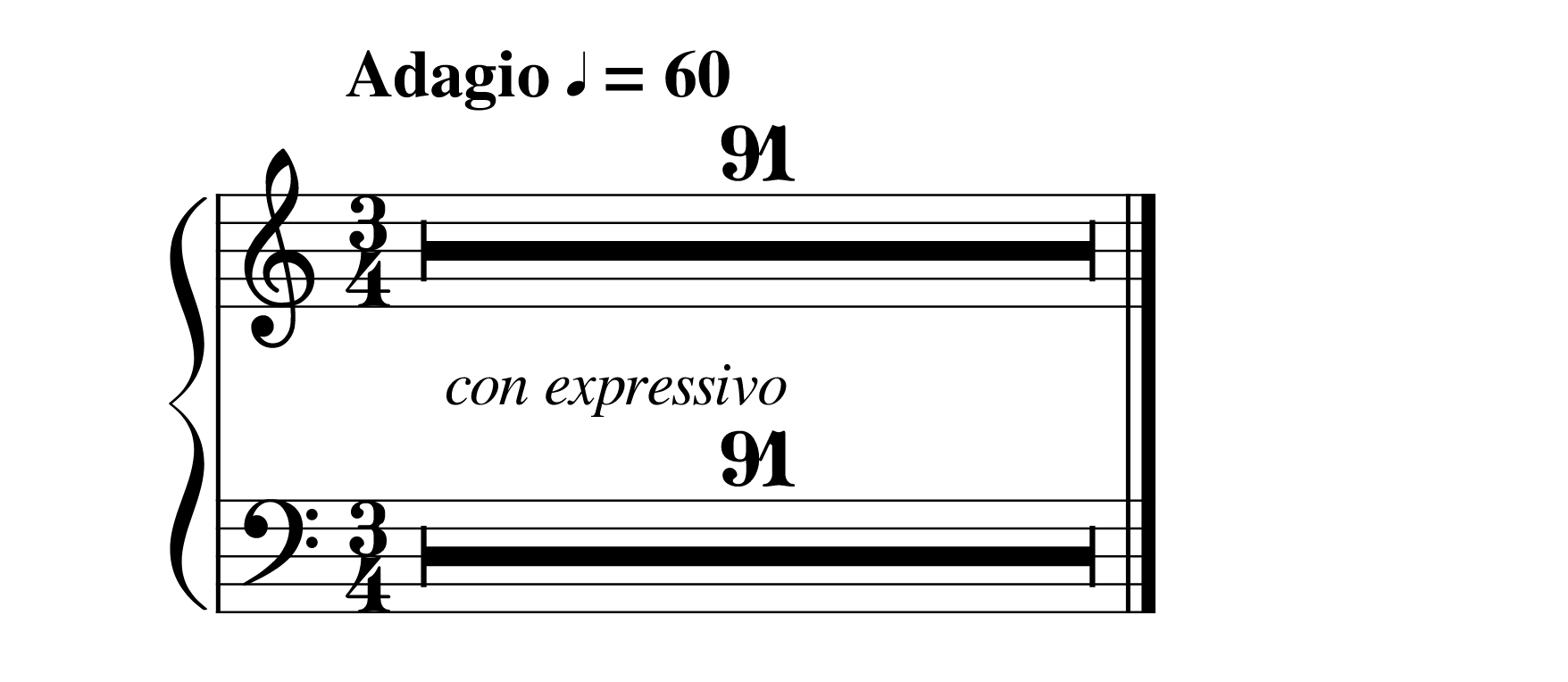Today marks the seventieth anniversary of the Woodstock premiere of «4’33″», probably the best-known piece by American composer John Cage.
Today marks the seventieth anniversary of the premiere of 4’33”, one of the fundamental works of John Cage‘s musical philosophy. It is a “silent” piece of music in three movements in which not a single note is played during the entire composition. Deeply conceptual in content, it can be considered the first and most paradigmatic minimalist musical work, which is why its score is featured as the cover of this website.
Its premiere, given by the renowned pianist David Tudor, took place on 29 August 1952 at 8:15 p.m. at the Maverick Concert Hall in Woodstock, New York. The piece was performed as part of a recital of contemporary piano music for the benefit of the Benefit Artist Welfare Fund and was on the concert programme along with works by Pierre Boulez, Earle Brown, Henry Cowell, Morton Feldman and Christian Wolff, and caused a considerable scandal, as the audience was unaware that no music was to be heard when this composition was performed. The audience saw Tudor sit down at the piano and, to mark the beginning of the piece, close the keyboard lid. Some time later he opened it briefly, to mark the end of the first movement. This process was repeated for the second and third movements. The piece had passed without a note being played and without Tudor (or anyone else) deliberately making any sound as part of the piece. Tudor was timing the three movements as he turned the pages of the score. In William Fetterman’s book John Cage’s Theatre Pieces: Notations and Performances, published by Harwood Academic Publishers in 1996 (the year of Tudor’s death), the pianist explained that he had “used a different pedal in every movement! The idea of closing the keyboard cover was John’s idea. You put it down and start the (stop-) watch, and then open it and stop the watch – so it is never the same. It’s not going to be four minutes and thirty-tree seconds, it’s going to be much longer.”
In a 1968 conversation with John Kobler Cage acknowledged that “They [the audience] missed the point. There’s no such thing as silence. What they thought was silence [in 4′33’’], because they didn’t know how to listen, was full of accidental sounds. You could hear the wind stirring outside during the first movement. During the second, raindrops began pattering the roof, and during the third the people themselves made all kinds of interesting sounds as they talked or walked out.”
Art critic Calvin Tomkins, in his 1976 book The Scene: Reports on Post-Modern Art, published by Viking Press, wrote that “The Woodstock audience considered the piece either a joke or an affront, and this has been the general reaction of most people who have heard it, or heard of it, ever since. Some listeners have been unaware they were hearing it at all.” Irish professor and experimental musician Paul Hegarty – author of the 2007 book Noise/Music. A History, published by Continuum International Publishing Group – states that 4′33″ represents the very beginning of noise music, as this composition is music created by random sounds, which perfectly represents the tension between “wanted” (correctly played notes) and “unwanted” sounds. For his part, American musicologist Richard Taruskin, who died on 1 July, suggested that 4′33″ radically challenges the social norms of the modern concert-going experience by revealing a number of important points to the unsuspecting concert-goer:
- The choice of a prestigious concert venue coupled with the notoriety of the composer and performers automatically raises the audience’s expectations of a work. As a result, listeners are more attentive and will pay as much (or even more) attention to Cage’s 4′33″ as if it were Beethoven’s Ninth Symphony. Thus, the reception of the work is already determined by the social circumstances of the concert before it is performed. Moreover, audience behaviour is also constrained by the conventions and code of conduct of the particular concert venue; listeners will sit quietly and listen to ambient noise for 4′33″. Therefore, it would not be easy to get a large group of people to listen to the ambient noise for almost five minutes, unless they were forced to do so by the regularities of the usual concert environment.
- According to Cage, duration is an essential design feature of all music, but at the same time, duration is the only parameter that “silence” and “sound” share equally. Consequently, the underlying structure of any piece of music is made up of organised “windows of time”. These can be filled with sounds, silence or noises; none of these elements is absolutely necessary for completeness. In the spirit of his master Schönberg, Cage thus succeeded in emancipating silence and noise and making them an accepted and perhaps even integral part of his music. 4′33″ serves as a radical and extreme representation of this concept; namely, to ask what would prevent the composer from filling them with unwanted sounds?
- Another aspect is the fact that a musical work is not only defined by its content, but also by the behaviour it elicits from its audience. In the case of Stravinsky’s The Rite of Spring, it would be the widespread discontent that led to violent riots. In the case of Cage’s 4′33″, the audience would have felt cheated by not having to listen to the sounds composed by the performer. In 4′33″, however, the audience would have provided most of the piece’s musical material themselves. Since the work is composed entirely of ambient sounds, the behaviour of the audience, their whispers and movements, are essential elements in filling the aforementioned time slots.
